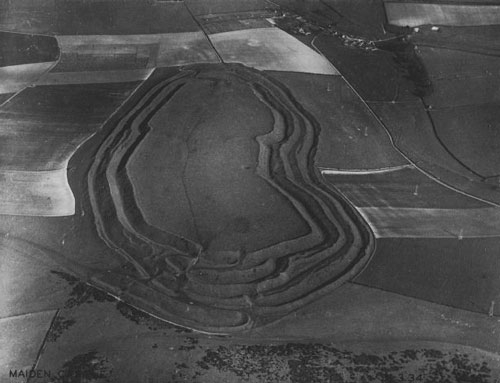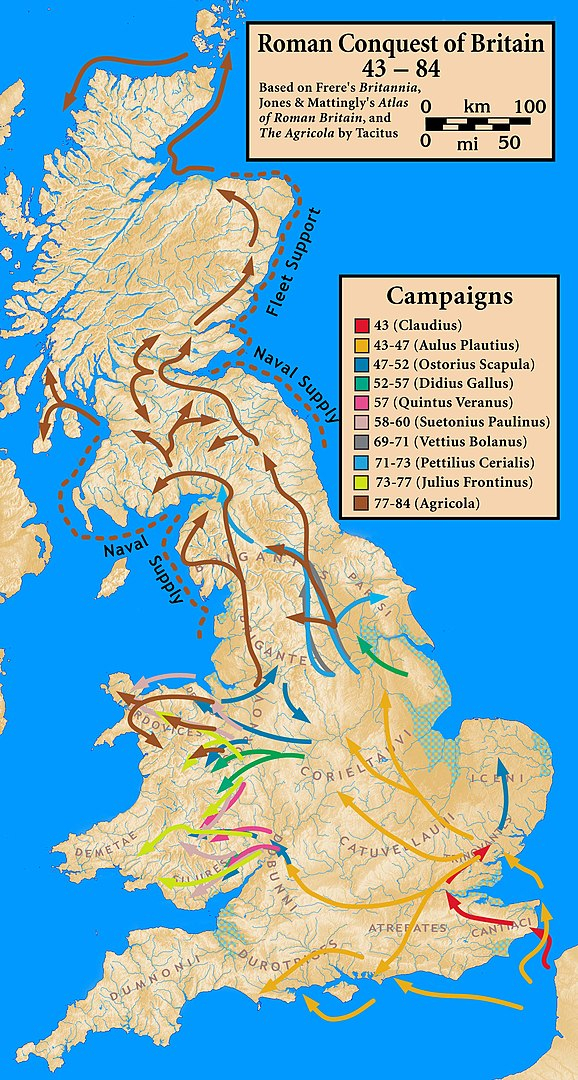The remains of a Roman massacre of Britons were found in an Iron Age hill fort 1.6 miles south-west of Dorchester in Maiden Castle, which was constructed at around 600 BC as hill-top settlements to protect Britain from invasions. Almost 150 years later the hill fort was greatly expanded to become the largest of its kind in Britain and Europe.
Recently archaeologists who visited the historic site explained the area in more detail and described the discovery as the "most dramatic find."
The hill fort in Britain
After the expansion of the castle, its defence system was made more complex with additional ramparts and ditches. But almost three centuries later the habitants of the castle went into decline.
An archaeologist Francis Pryor visited the site while the shooting the documentary TV series "Britain BC". During his time at the castle site, he mentioned that "Land had acquired a new meaning to ancient Britain and these patches of common land, packed with ancestral bones, became magic.

New details about the castle
Pryor stated that the people behind the construction of the fort thousands of years later knew that they were building on a sacred place. But the story behind the Maiden Castle is filled with a sad epilogue, he said.
The British archaeologist, Mortimer Wheeler, who discovered the castle site found what he believed were the remains of a battle between the Romans and Britons. In the TV series, Pryor described that "It was the most dramatic thing that I've ever been concerned with. I've got a clear vision of what happened and how it happened."
Pryor mentioned that as per Wheeler the Romans gave the Britons a rush and got in amongst these chaps and cut down the defenders in mass formation. In addition, he also said that one of the remains of the Britons were found with seven cuts on his skull and the site was filled with human corpses. As per the archaeologist, 40 such remains were found with fatal wounds.
Another finding of the castle
Andrew Lawson, the director Wessex Archaeology stated that "Wheeler was a military man and this fantastic graphic description of the natives being beaten up by the Roman army can be seen in a number of the burials. Only 14 of the burials actually had evidence of injuries and wounds."
Later, Pryor gave a reply to the comment while stating that there is no surprise that Wheeler found so many bodies and experts know that the hill fort, Maiden Castle had been an important ground for thousands of years.
As per Pryor, the discoverer of the hill fort didn't acknowledge it because he was so captivated by the military success of the Romans. In addition, he also said that the Roman invasion had left a terrible effect, not just on how Britain views its history, "but on how we developed as a nation." The archaeologist also revealed that the invasion looked like an act of civilizing the country but in reality, it was a brutal suppression.
Roman conquest of Britain

The invasion of Britain was a properly planned military and political effort to project Roman power in the Northeastern Atlantic. It was in 43 AD after the failure of Julius Caesar's invasion attempt when Emperor Claudius appointed the Roman politician Aulus Plautius as the head of the Roman invasion of Britain in 43 AD.
Plautius was assigned to raise an army, cross the English Channel and command the military to subjugate the British. He was to be promoted as governor of Britain and develop a province out of this victory. Accordingly, he had set out with an army about 50,000 men from all over the Roman Empire for his invasion.









